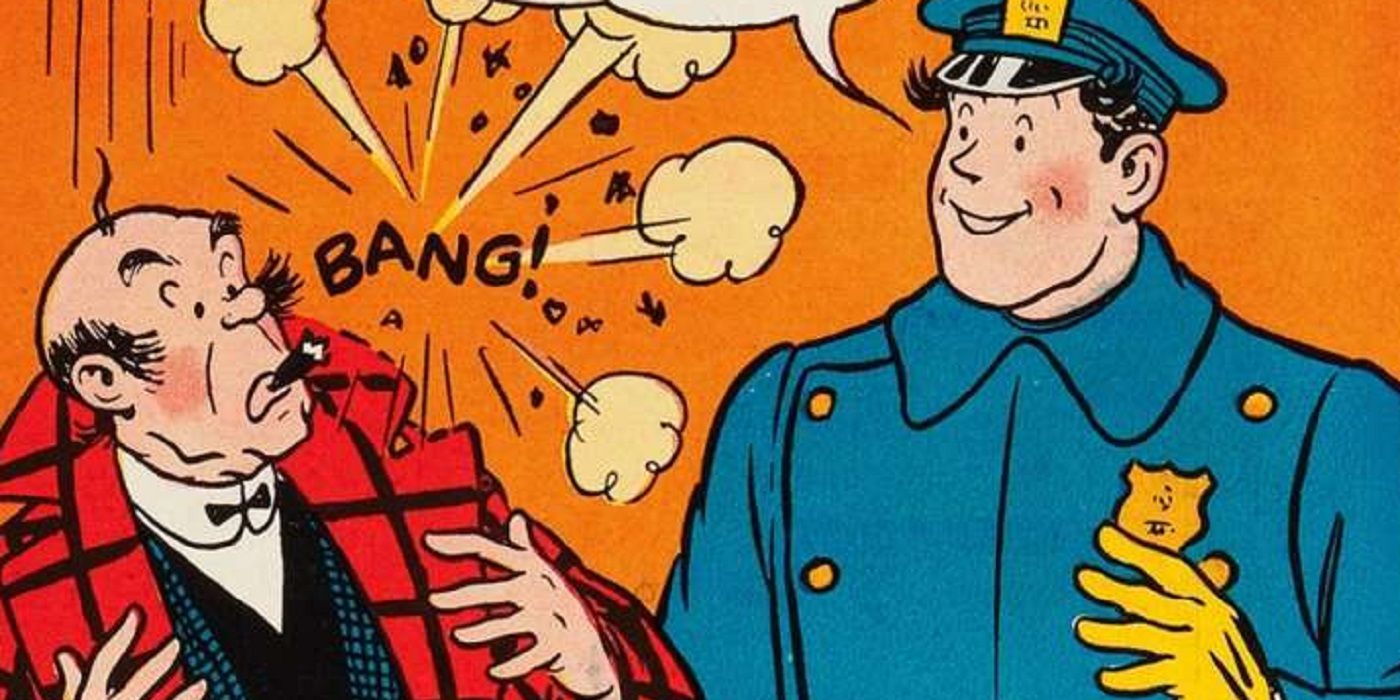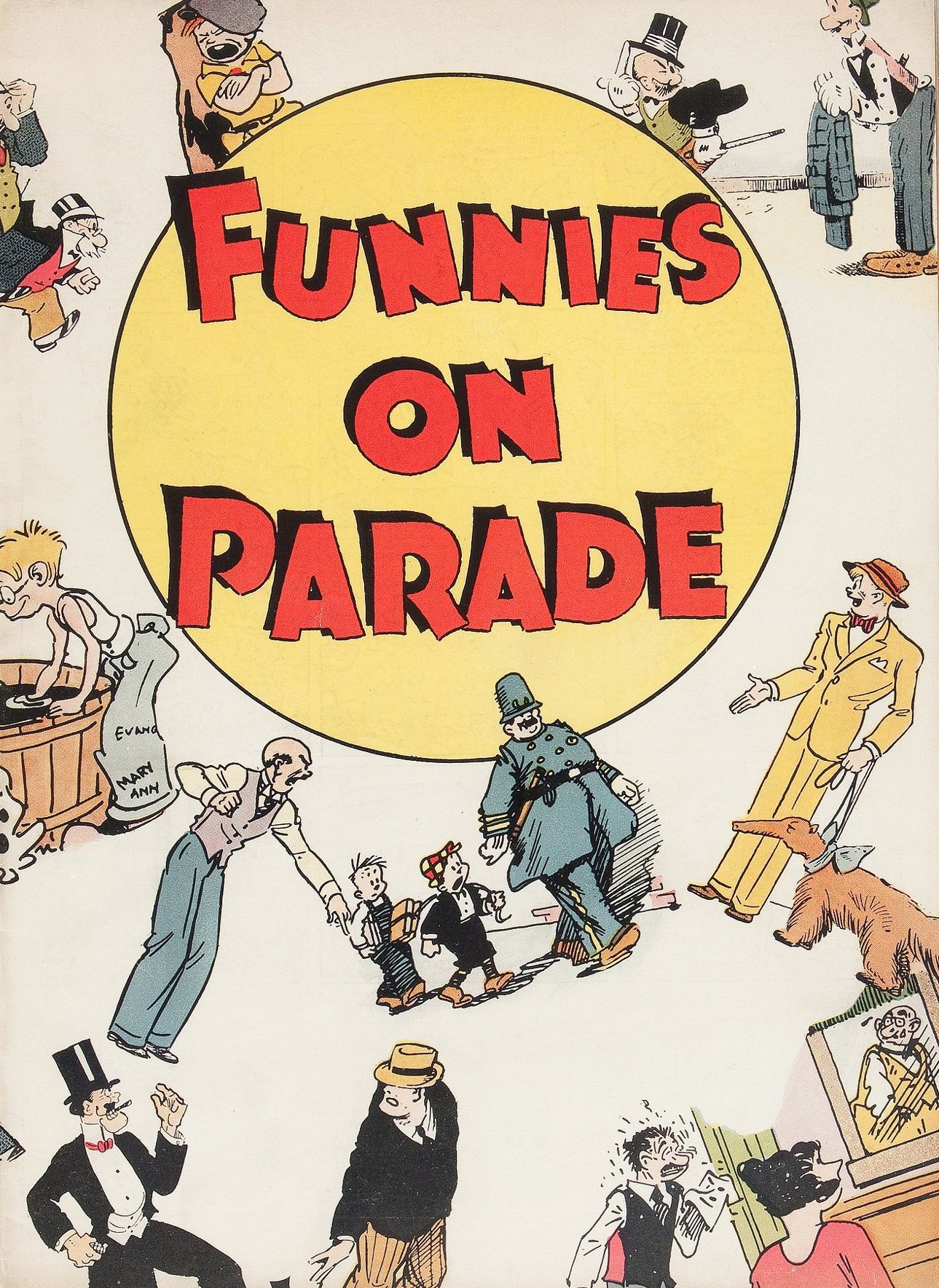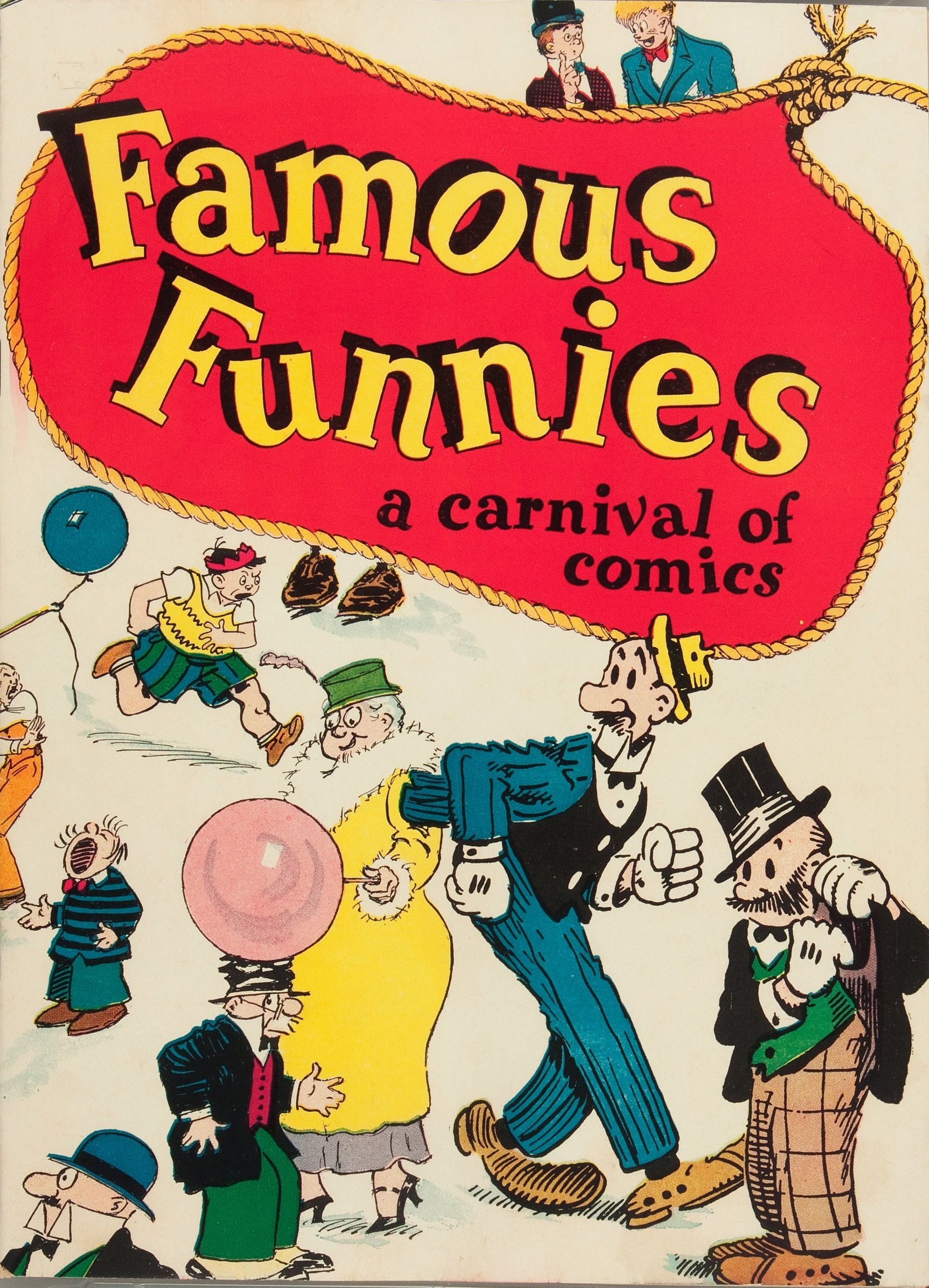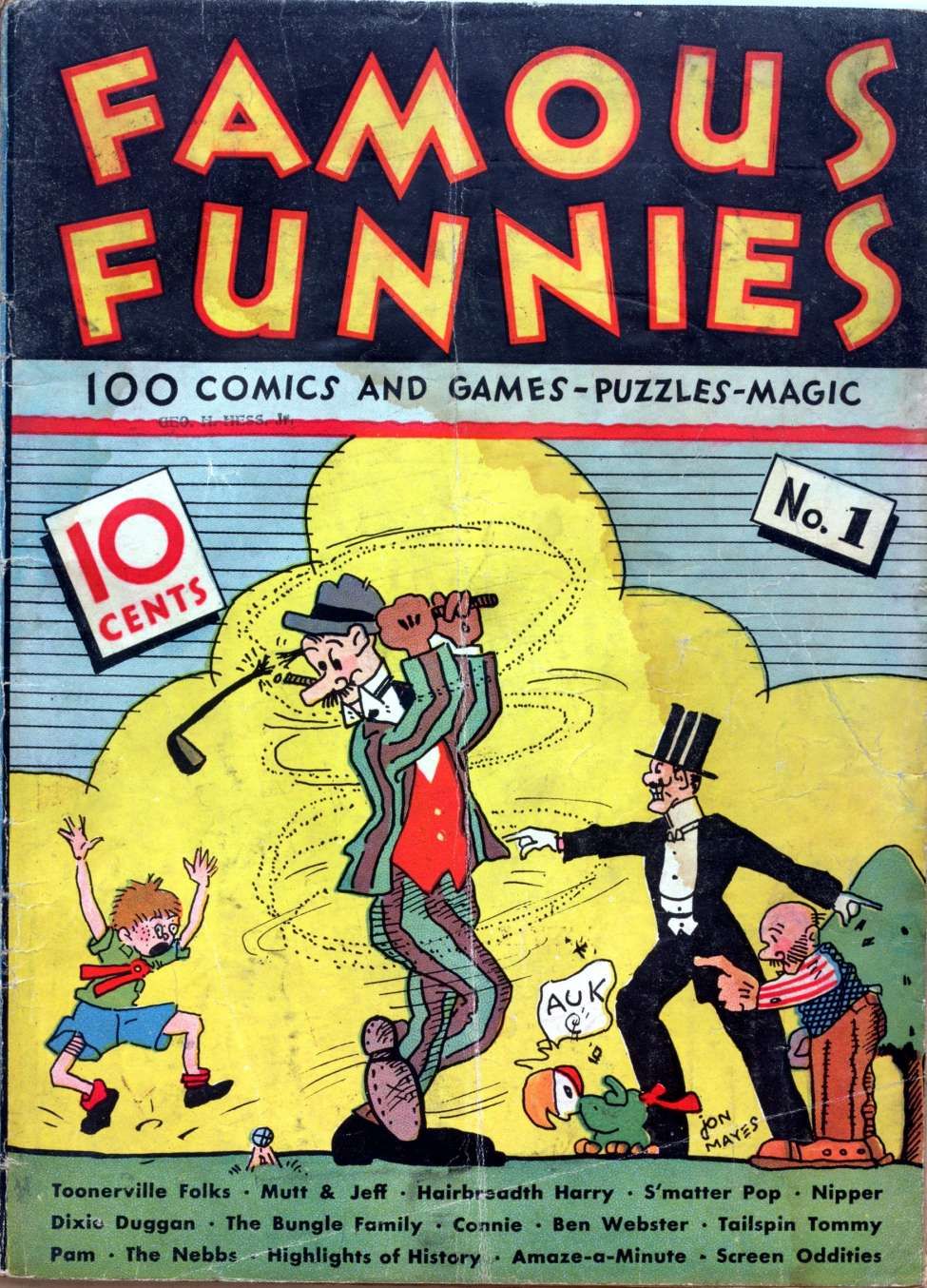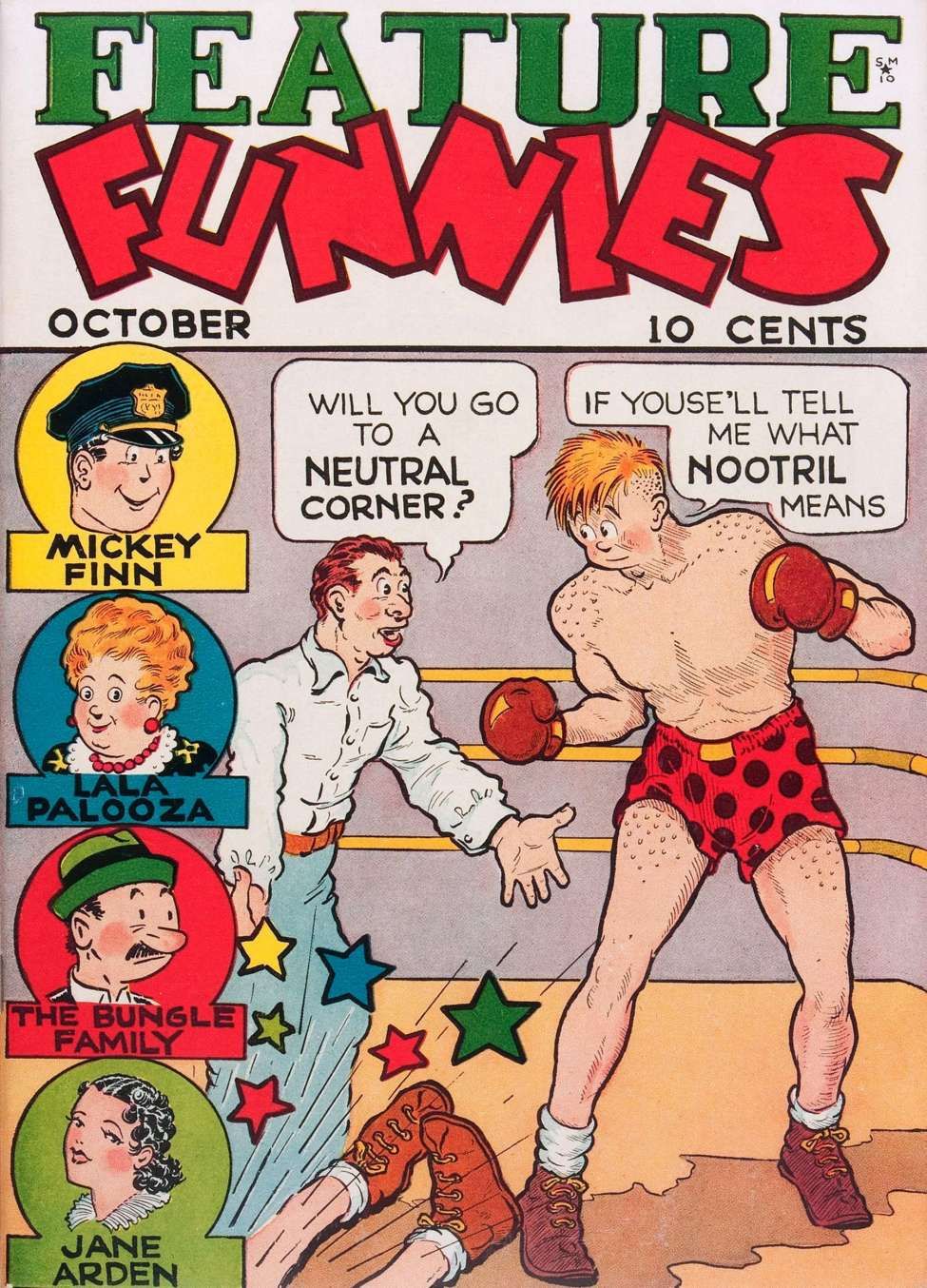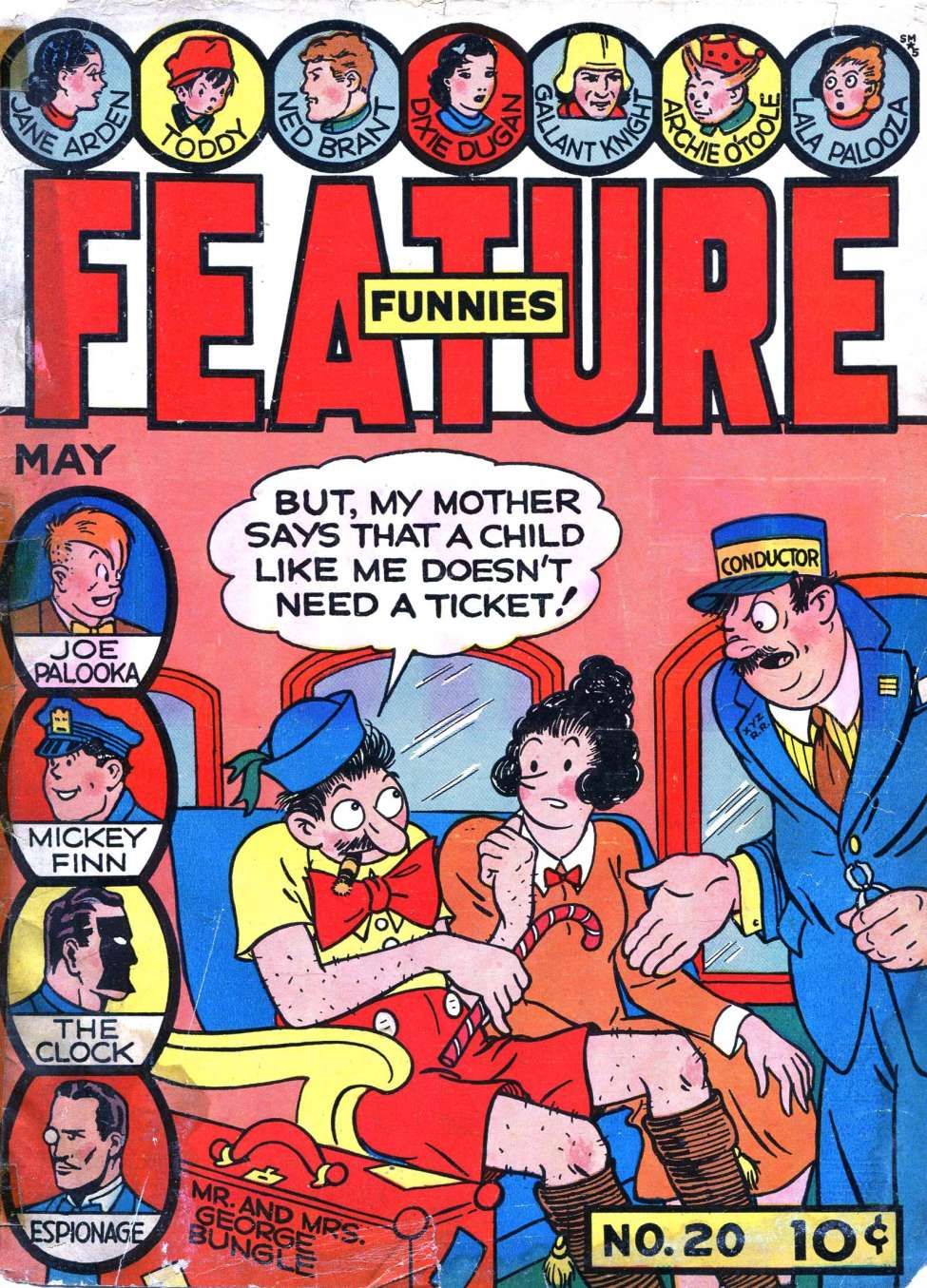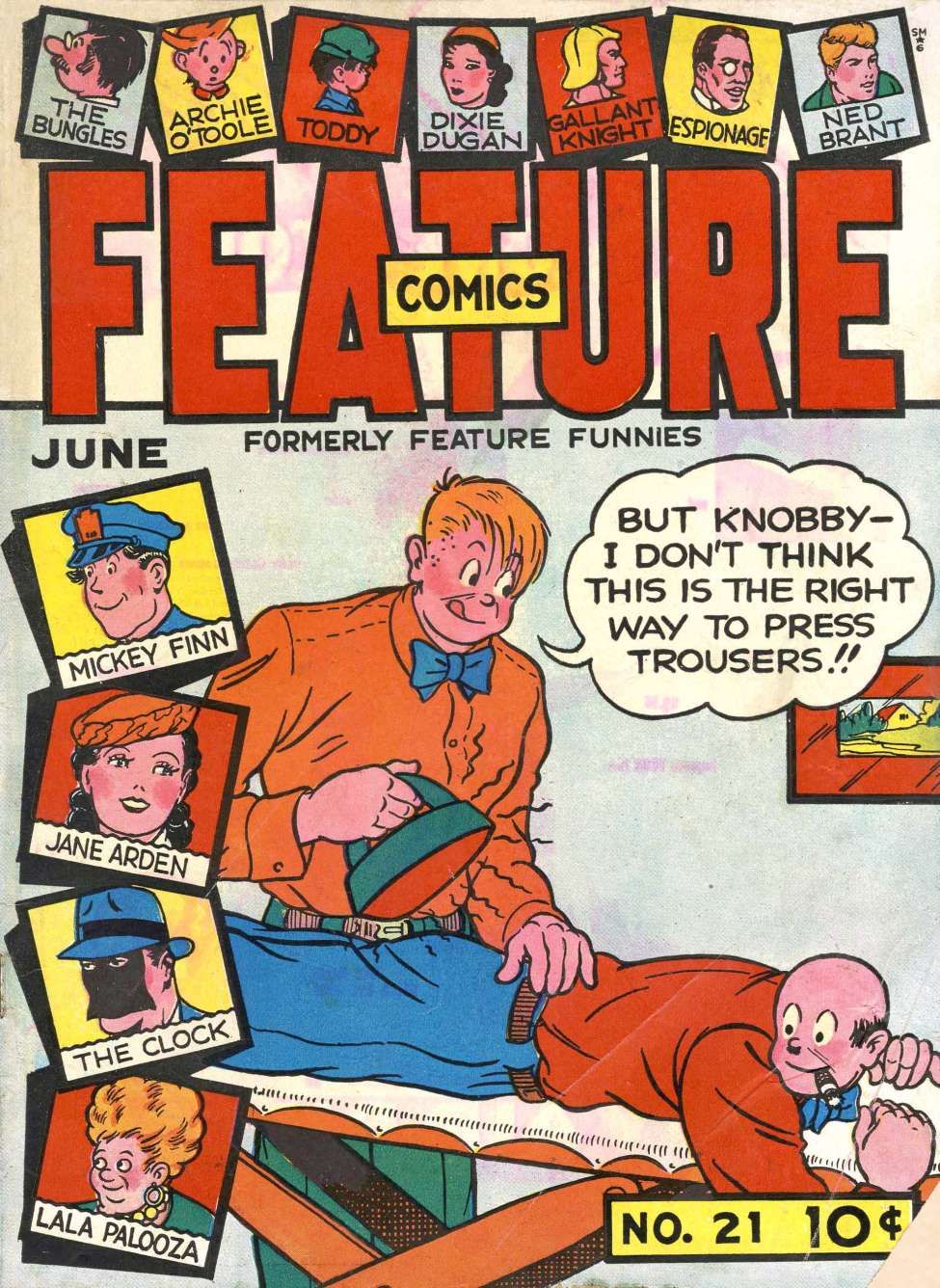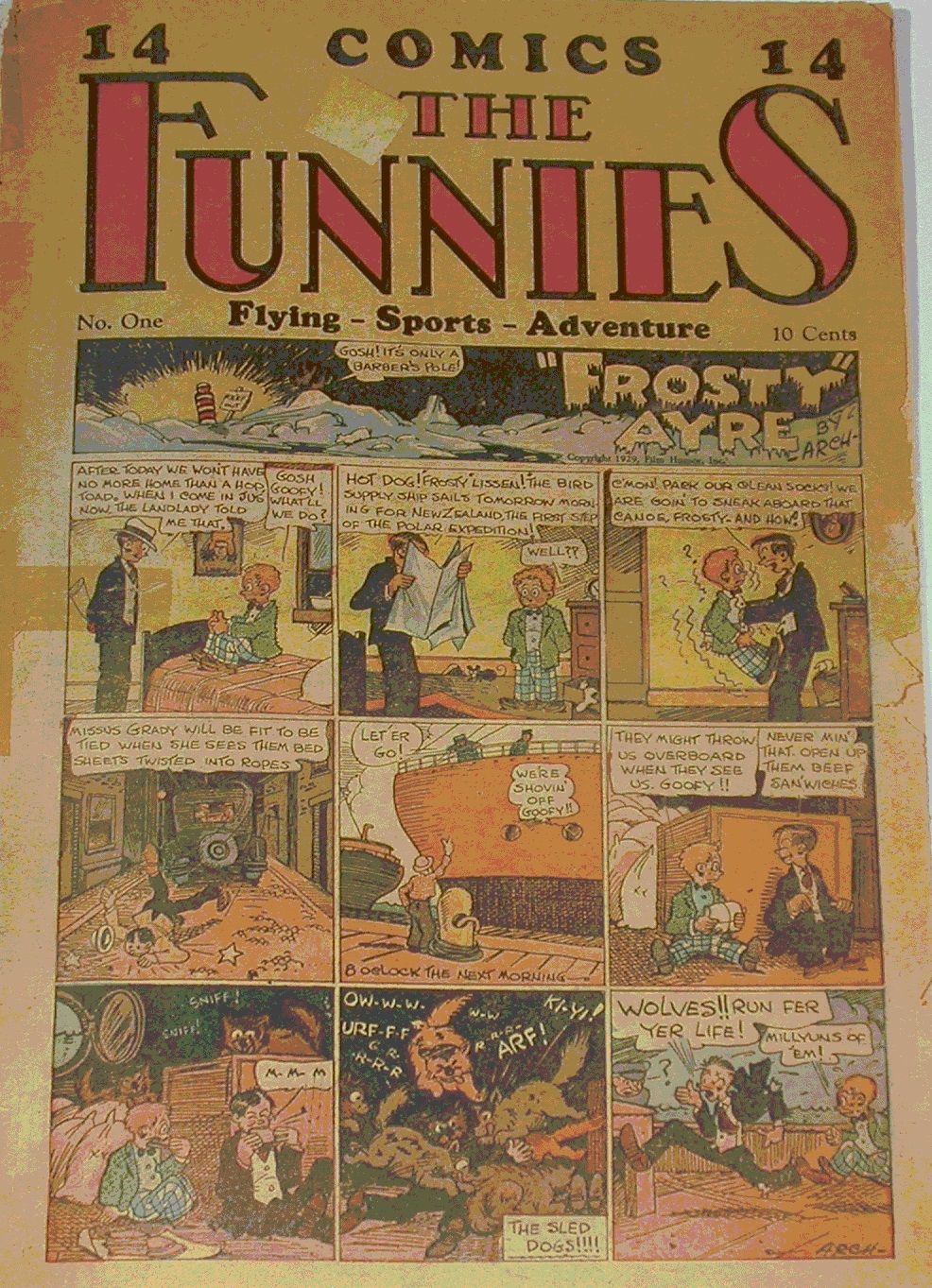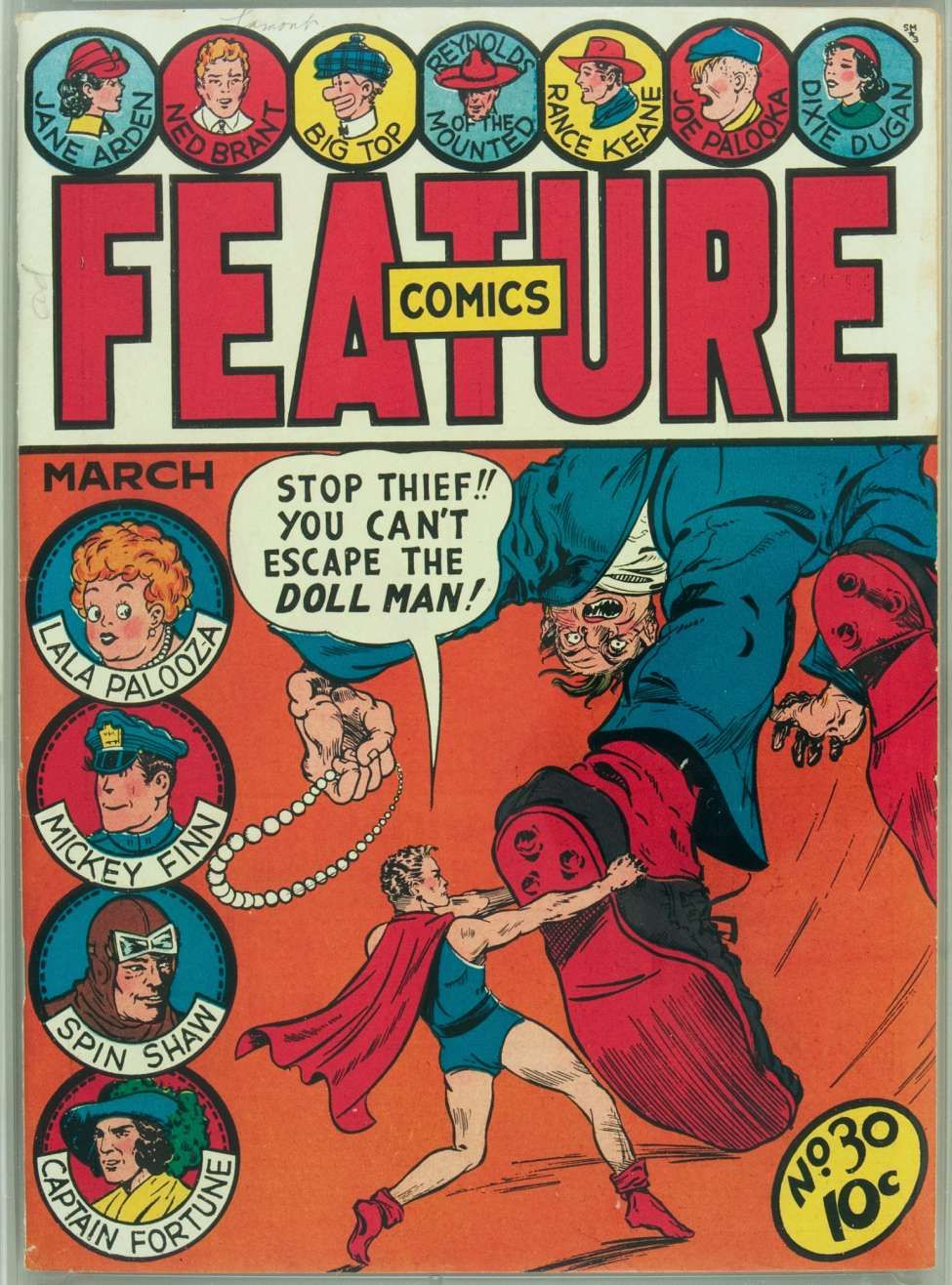Welcome to Comic Book Legends Revealed! This is the seven hundred and forty-third installment where we examine comic book legends and whether they are true or false.
Click here for the first legend from this installment. Click here for the second legend from this installment.
NOTE: If my Twitter page hits 5,000 followers, I'll do a bonus edition of Comic Book Legends Revealed that week. Great deal, right? So go follow my Twitter page, Brian_Cronin!
COMIC LEGEND:
Feature Funnies changed its name after losing a lawsuit over the use of the word Funnies in the title.
STATUS:
False
The history of what we think of today as the modern comic book owes a great debt to Eastern Color Printing, which came up with a clever way to expand their business of printing the so-called "Sunday Funnies," the color comic strip supplements featured in most major newspapers (a tradition that continues to this day). They came up with the idea of licensing comic strips and putting them together into a booklet that could be used as promotional tool. It was dubbed Funnies on Parade...
An Eastern Color salesman, Max Gaines, came up with the idea that perhaps they could make these promotional magazines even bigger and have them featured at Woolworth's. The first one of these was called Famous Funnies: Carnival of Comics...
Now that there was a clear market established for these comics, Eastern Color decided to cut a deal with Dell Publishing to co-publish an ongoing Famous Funnies comic book in 1934 that they'd charge 10 cents for. It was still licensed comic strips, but it was essentially the first modern comic book...
The comic book wasn't exactly doing gangbusters, but it was slowly but surely becoming more popular, and other companies got involved, with the competition for material to license growing fierce enough that companies began to just print ORIGINAL comics, which, of course, was a bit of a game-changer.
The next game-changer came in 1938, when a new character named Superman debuted in Action Comics #1 and sales went through the roof! Now, most magazine companies were trying to get in on this comic book game.
However, Everett "Busy" Arnold believed that new comic book characters were going to be a bit of a fad, and that during the economic Depression, people would turn to established comic strip characters over new ones, so he cut a deal with a few syndicates to launch a new series called Feature Funnies, the basis for Arnold's Quality Comics!
A good deal of the features for Feature Funnies, including the cover feature, Joe Palooka, came directly from Famous Funnies, as Arnold swooped in and cut deals with the very syndicates who supplied the material for Famous Funnies.
As you might imagine, Eastern Color (who had purchased the full rights to the Famous Funnies from Dell, just before the series began to really take off with its 12th issue) was not happy about losing their features and the company sued Arnold for what they COULD sue him for (as they couldn't sue him for wooing away their features), which was infringement on the name Famous Funnies!
Well, after its 20th issue...
Feature Funnies became Feature Comics!
Certainly suggests that Arnold lost, right? But he actually WON the lawsuit!
He successfully argued that the term "funnies" was too generic. It didn't hurt that Dell had put out a comic book precursor called The Funnies in 1929, years before Famous Funnies debuted...
Arnold, though, likely didn't want the hassle and, of course, by that point in time, superheroes were becoming the VASTLY dominant force in comics, and so "Funnies" was no longer a good title anyways.
Doll Man took over as the main feature in Feature Comics #30 and remained that way for many years...
It's fascinating, though, that he had a lawsuit over the name and ended up changing it on his own AFTER winning!
Check out my latest Movie Legends Revealed - Did DreamWorks used to use working on Shrek as a punishment for their employees?

